Single-Engine Instrument Rating
During the Single-Engine Instrument Rating training course students fly 50 hours of dual flight instruction. There is no solo exercise prescribed.
Student needs to complete;
- 35 Hours FNPT-II Simulator
- 15 Hours EASA IR Certified Aircraft
Flying in the simulator gives the ability to the instructor to freeze the flight at any phase and explain different situations in details. The simulator also capable to visualize different flying conditions and emergencies as well.
Completing the training in a real aircraft provides hands on experience under real-life conditions.
Description
During the Single-Engine Instrument Rating training course students learn how to operate under Instrument Flight Rules (IFR) using only the on-board equipment for orientation and navigation. By completing this training course, students gain all the necessary knowledge for further progression in their aviation career.
During the Single-Engine Instrument Rating training course students fly 50 hours of dual flight instruction. There is no solo exercise prescribed.
Student needs to complete;
35 Hours FNPT-II Simulator
15 Hours EASA IR Certified Aircraft
Flying in the simulator gives the ability to the instructor to freeze the flight at any phase and explain different situations in details. The simulator also capable to visualize different flying conditions and emergencies as well.
Completing the training in a real aircraft provides hands on experience under real-life conditions.
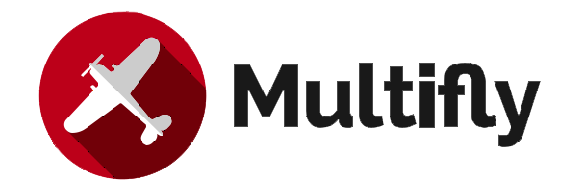
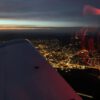
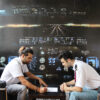
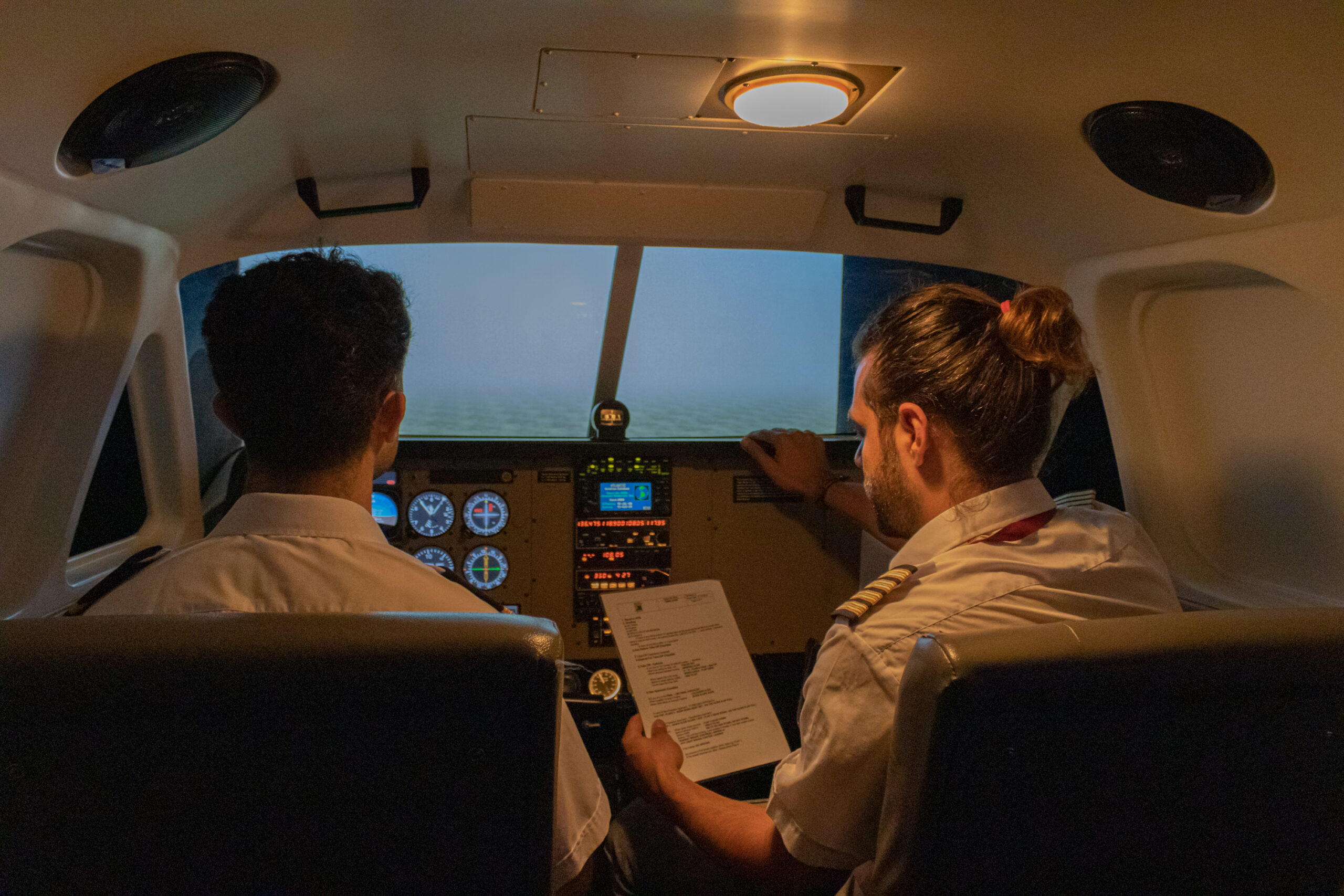

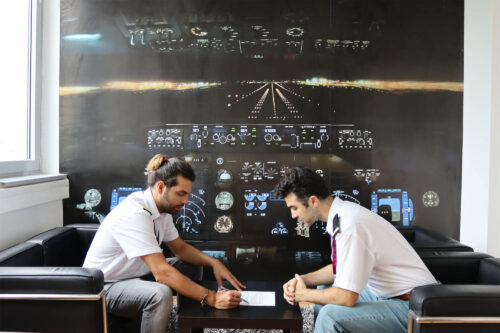
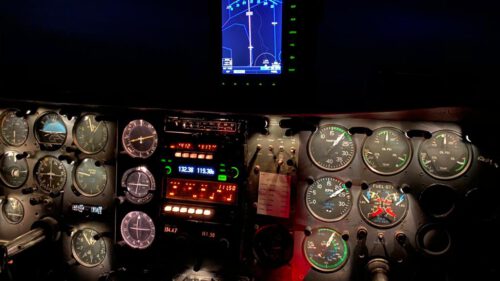
Reviews
There are no reviews yet.